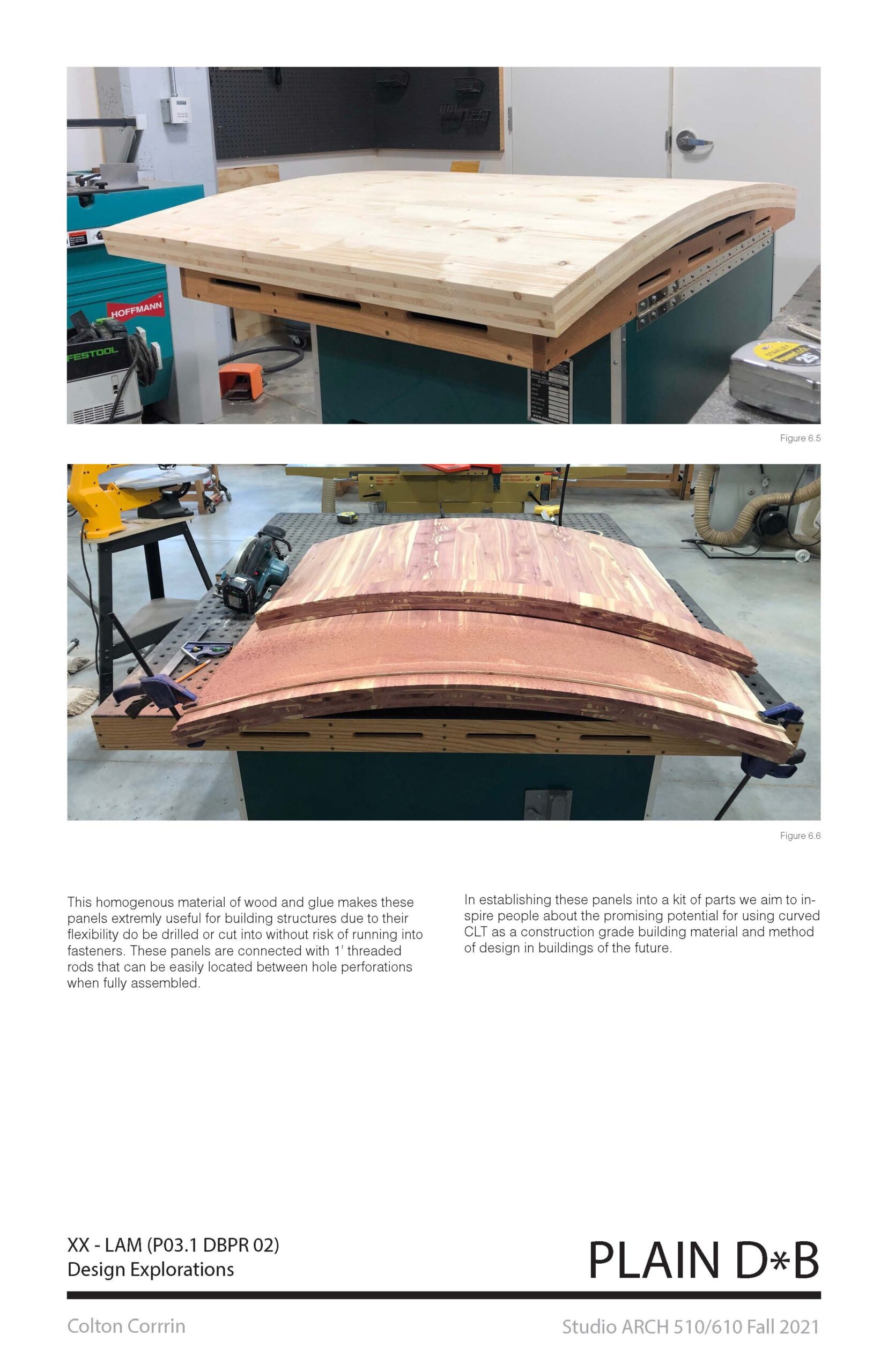BLIND

BLIND
Location
Ogallala Nebraska
Clients
Cedar Point Biological Station
Partners
Jon Garbisch – CPBS Associate Director
Timberlyne
Nebraska Innovation Studios
Nebraska Forest Service
Students
Josh Dickey, Jessica Fujan, Jared Watermeier, Christopher Bean, Colton Corrin, Caroline Goertz, Pegah Rahmani, Jacob Urban, Jarod Bengtson, Doug Rief, Christopher Lee Tran Nguyen, Elijah Velinsky, Muminjon Mirzoev, Alex Martino, Austin Wahl, Trever Zelenka, Haley Herman, Alyssa Villareal, Alarcon Daisy, Almamari Wijdan, Erin Applegate, Martha Boulware, Ian Carroll, Elena Felix, Chloe Gilbert, Shayla Jorgenson, Cody Kleinschmit, Dennis States, Grant Wolfe, Payton Betzold, Elizabeth Nielsen,
BLIND is a 130 sq. ft “observation blind” for viewing the unique cohabitation behaviour of prairie dogs, burrowing owls and rattlesnakes. The building provides discreet observation of this rare example of multispecies cohabitation that continues to be threatened by the expansion of industrial agriculture.
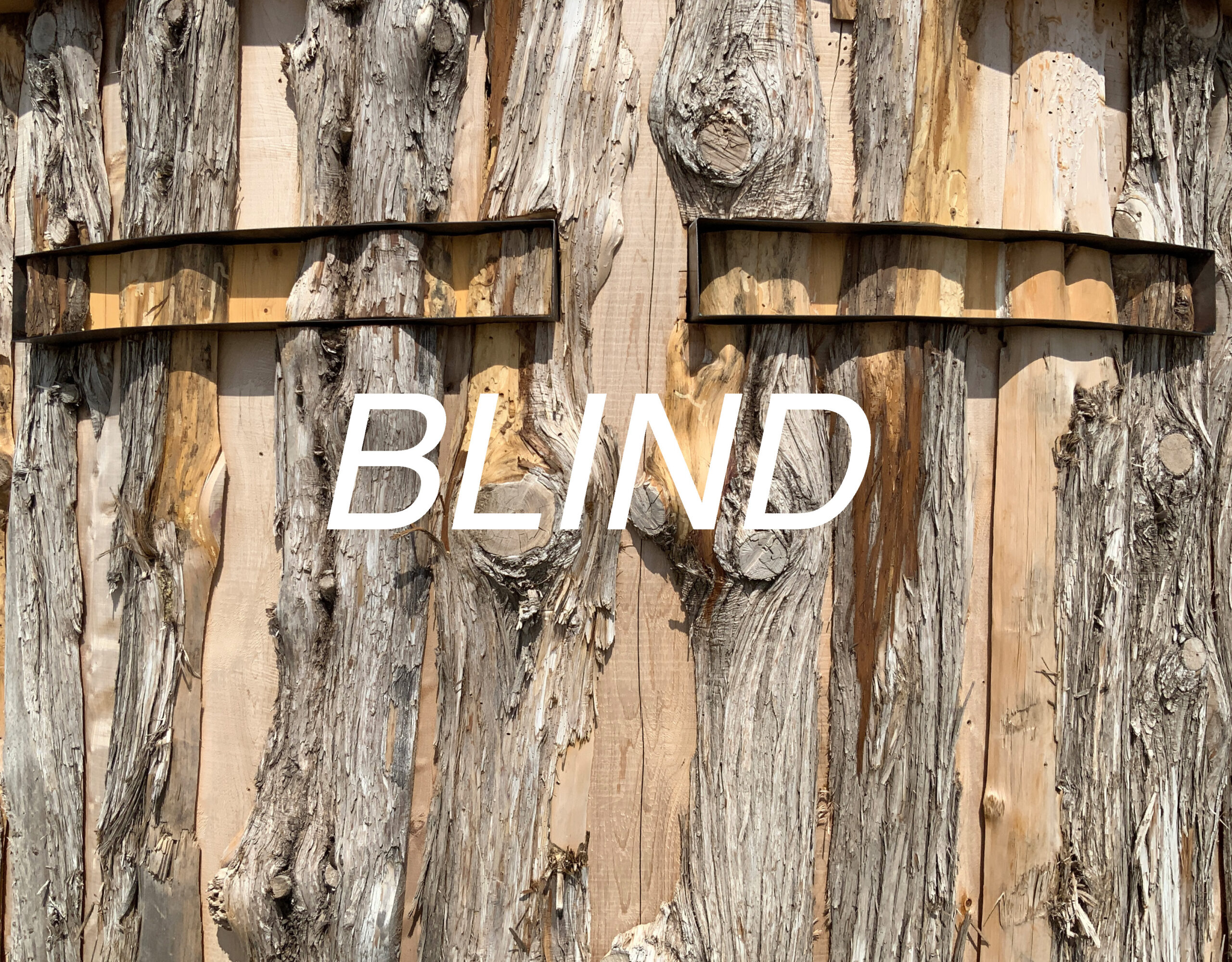
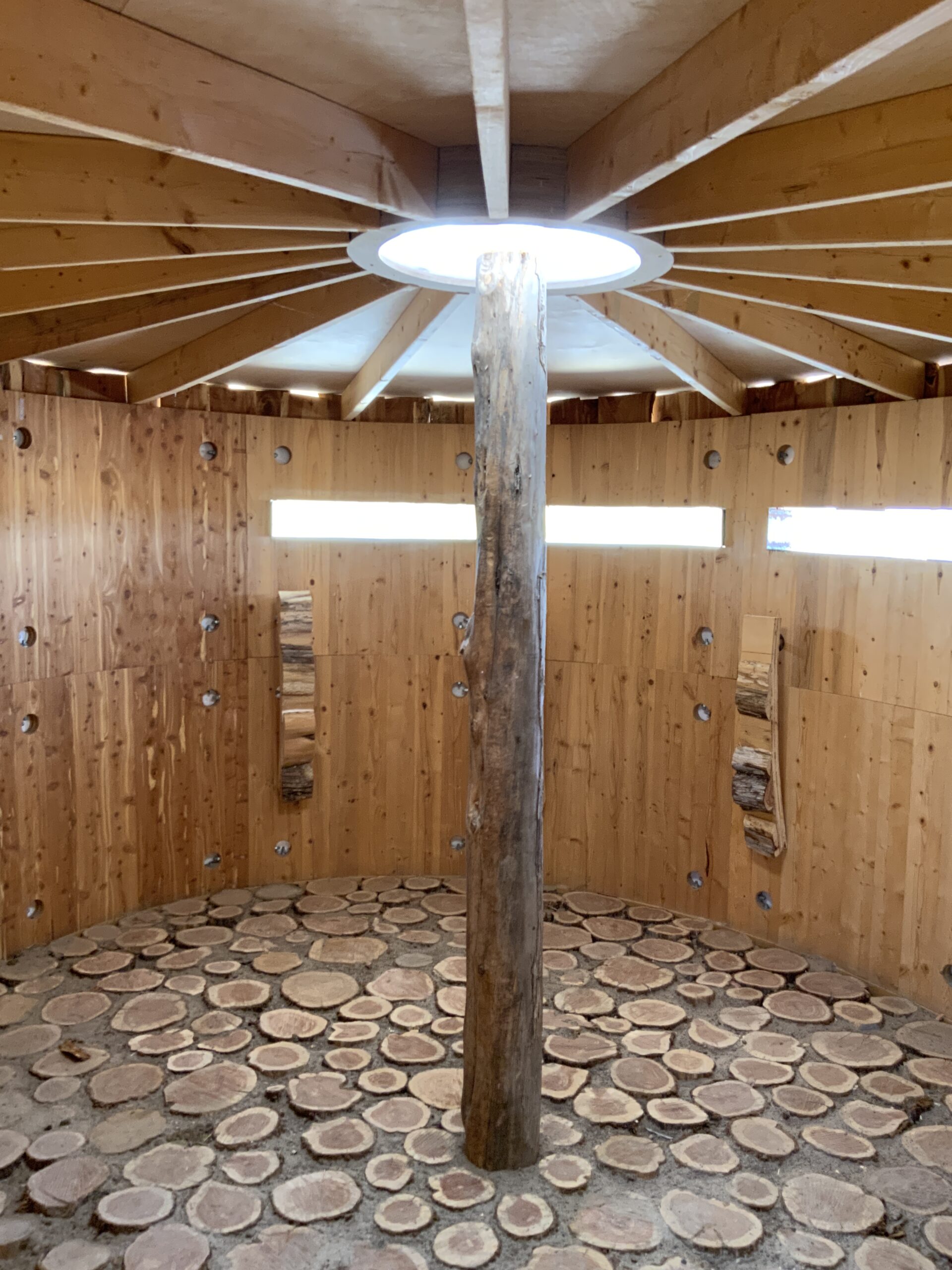
BLIND overlooks a small prairie dog “colony” that is made up of several “coteries” (families) that usually comprise one male and up to six related females. Prairie dogs are well-known for using a high-pitched bark to alert other prairie dogs of imminent danger.
BLIND’s position in the landscape allows visitors to experience elements of the Great Plains landscape. Viewed through the slit windows, each viewshed places the colony in the foreground with the landscape of industrial corn production beyond. These contrasting landscapes allow visitors to experience the impact of industrial agriculture on the non-farming landscape of the Great Plains. A contrast that descibes the context of prairie dog decline.
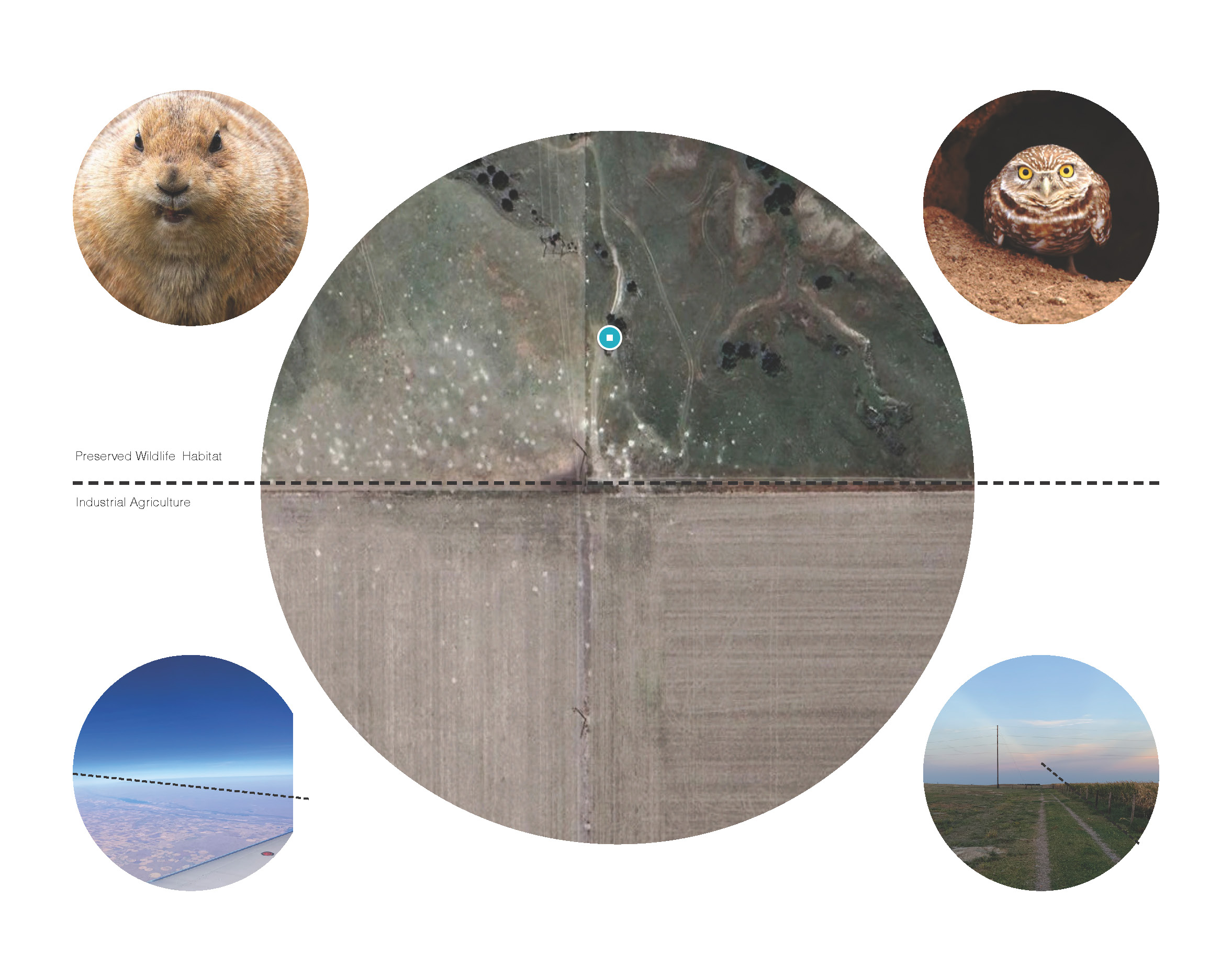
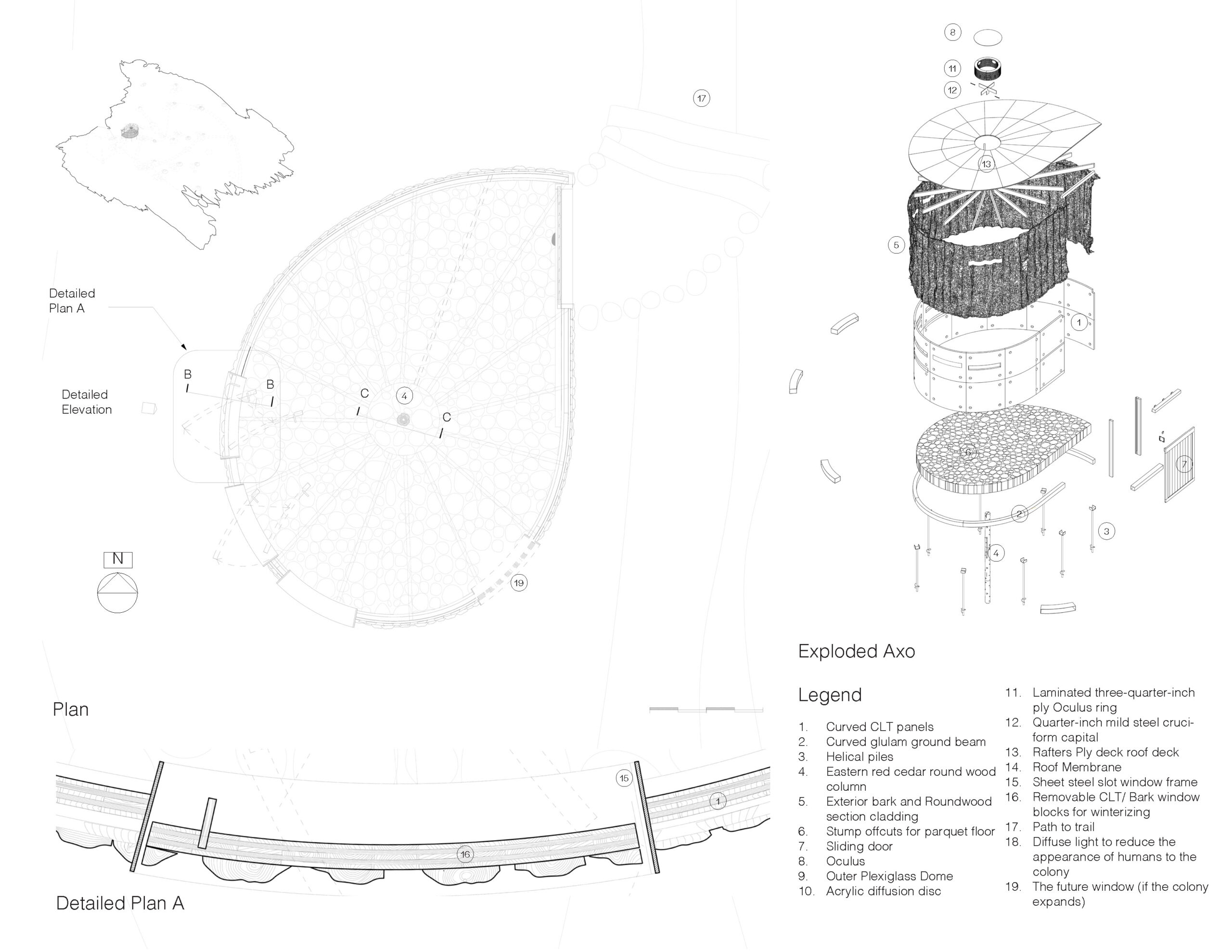
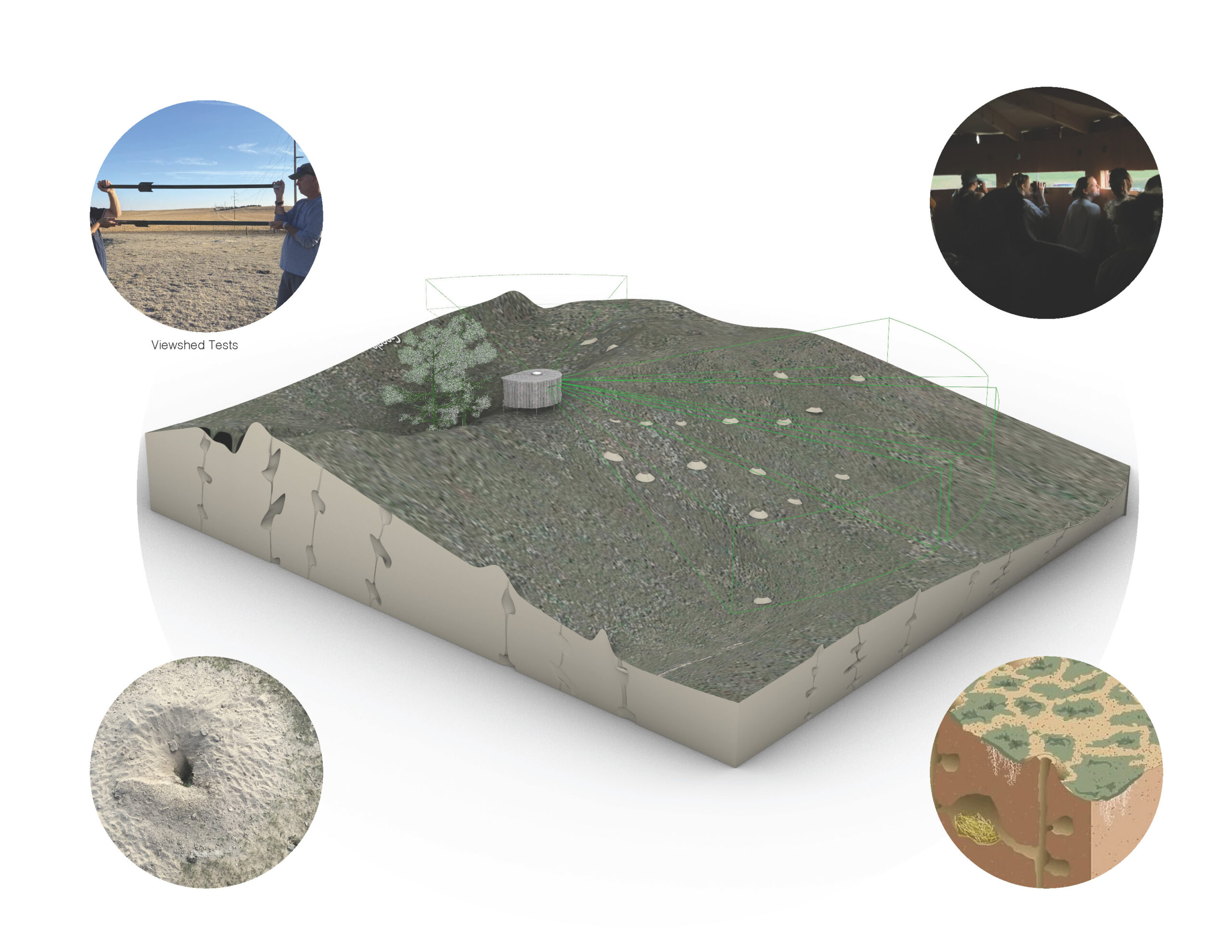
Prairie Dog Colonies and the Great Plains
The Black-Tailed Prairie Dog is a keystone species, meaning it supports the life of 42 other species, including other “semi-fossorial” animals. This includes burrowing owls using the tunnels for protection and rattlesnakes for nesting and rearing their young. The decline in prairie dog populations can be attributed to humans’ lack of understanding of the vital role these species play in their ecosystem.
While Prairie Dog calls are still being researched, we know that their calls can describe the type of predator and construct sentences describing its behavior, threat level and whether it is approaching from above or on the ground. Visiting BLIND aims to shift human perspectives through direct engagement and prevent further depletion of prairie dog populations.
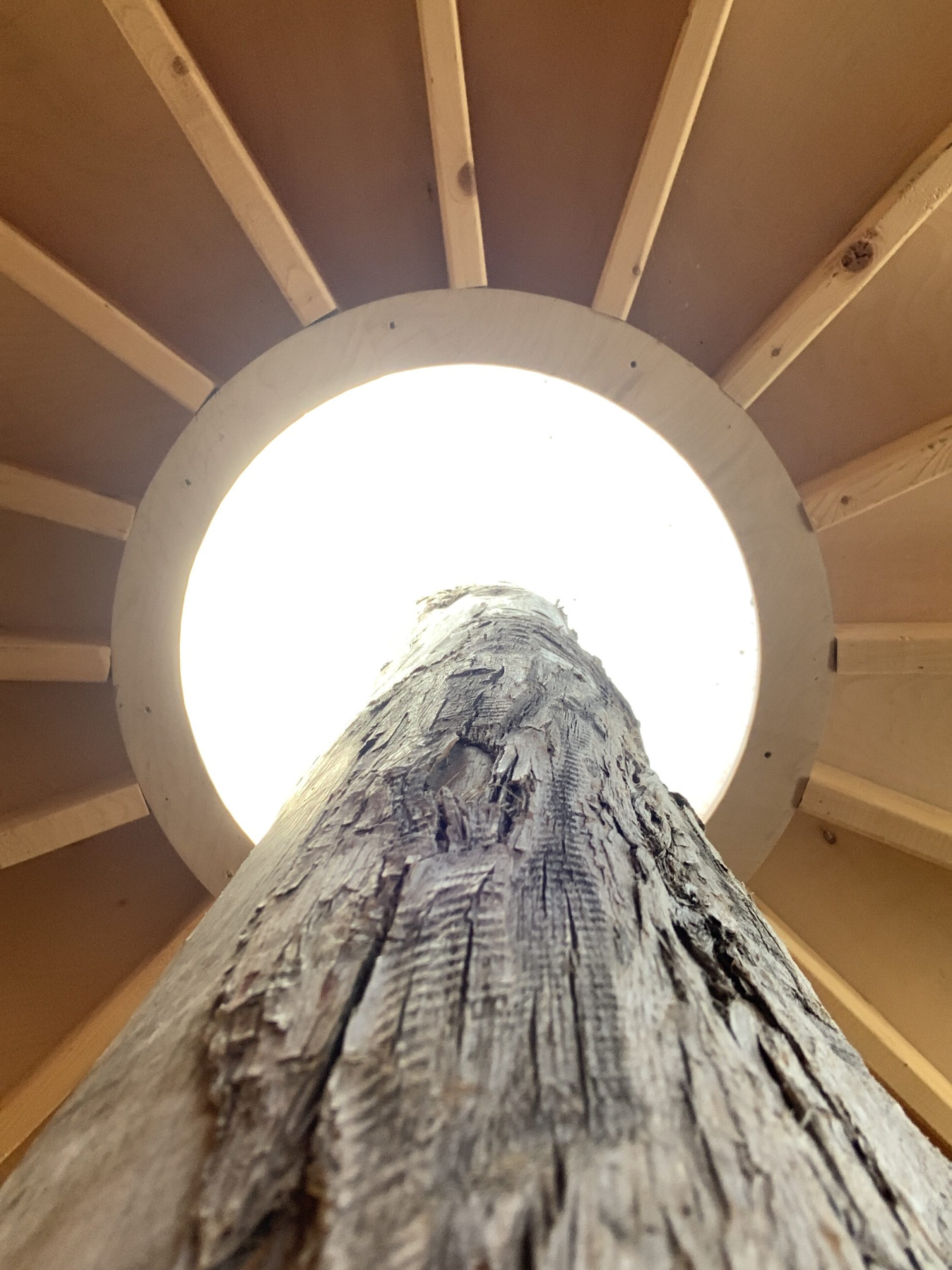
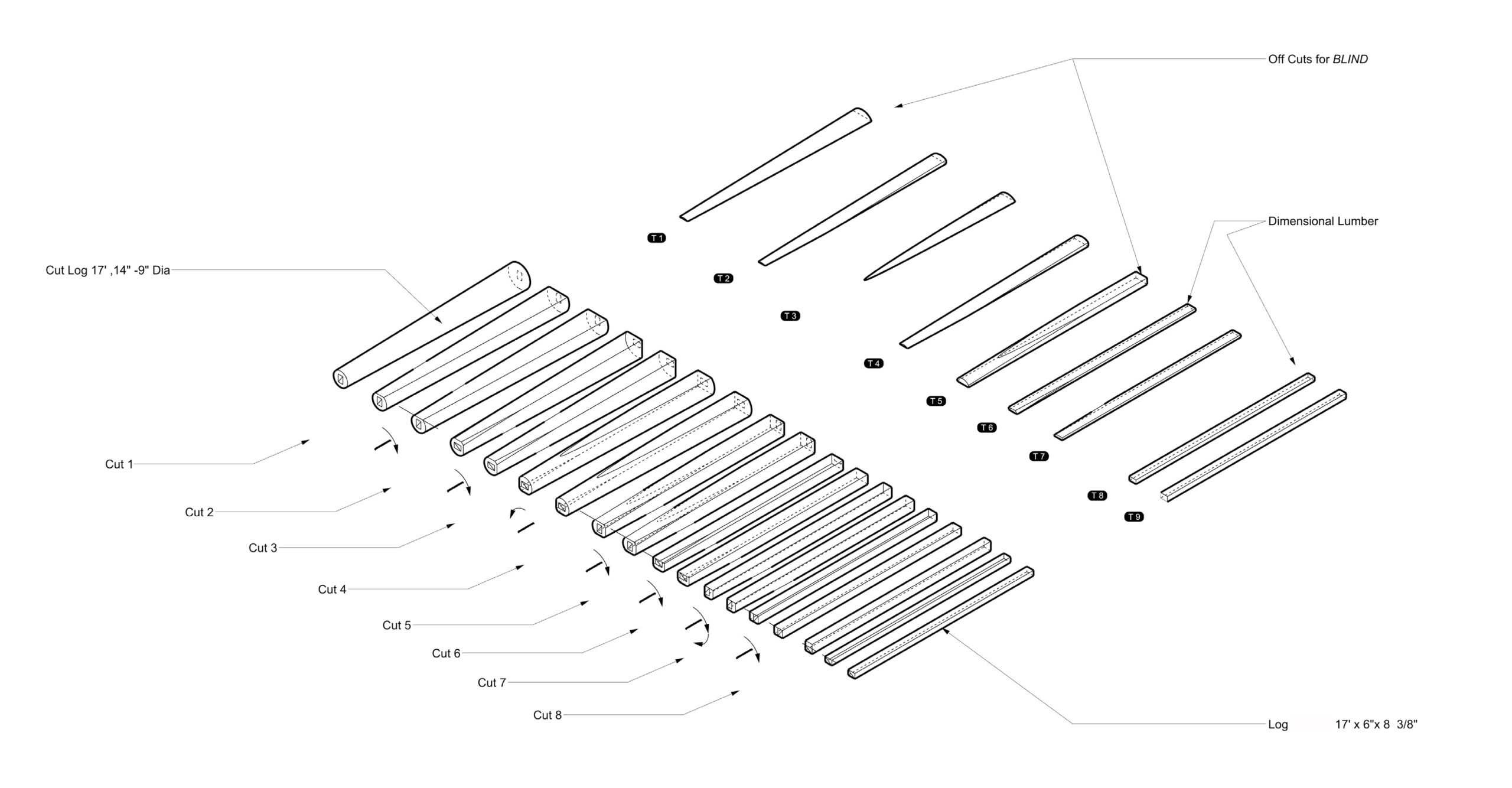
Milling – Whole Tree Challenges
Site-milling procedures sought to maximize the amount of timber from each tree with a focus on off-cuts from the first milling phases. Locally harvested eastern red cedar trees were cut into 10’ sections and cut with enough depth to produce a continuous strip with varying sectional profiles to create a rough-cut board and batten cladding. This meant cuts 1-4 would retain a round wood face with bark (exterior layer), while subsequent cuts (inner layer) would be an inch-thick board with two, one or no lived edge.
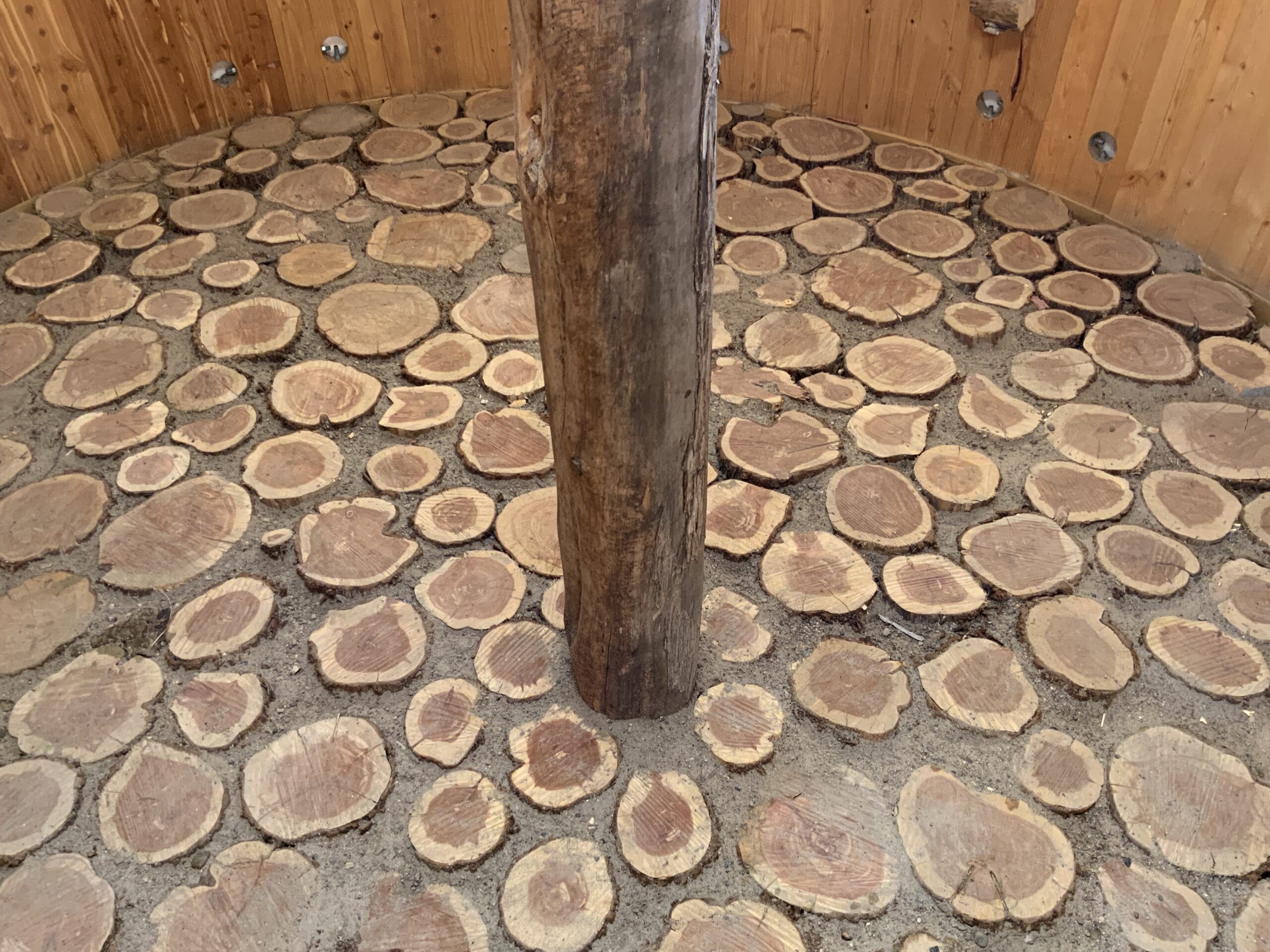
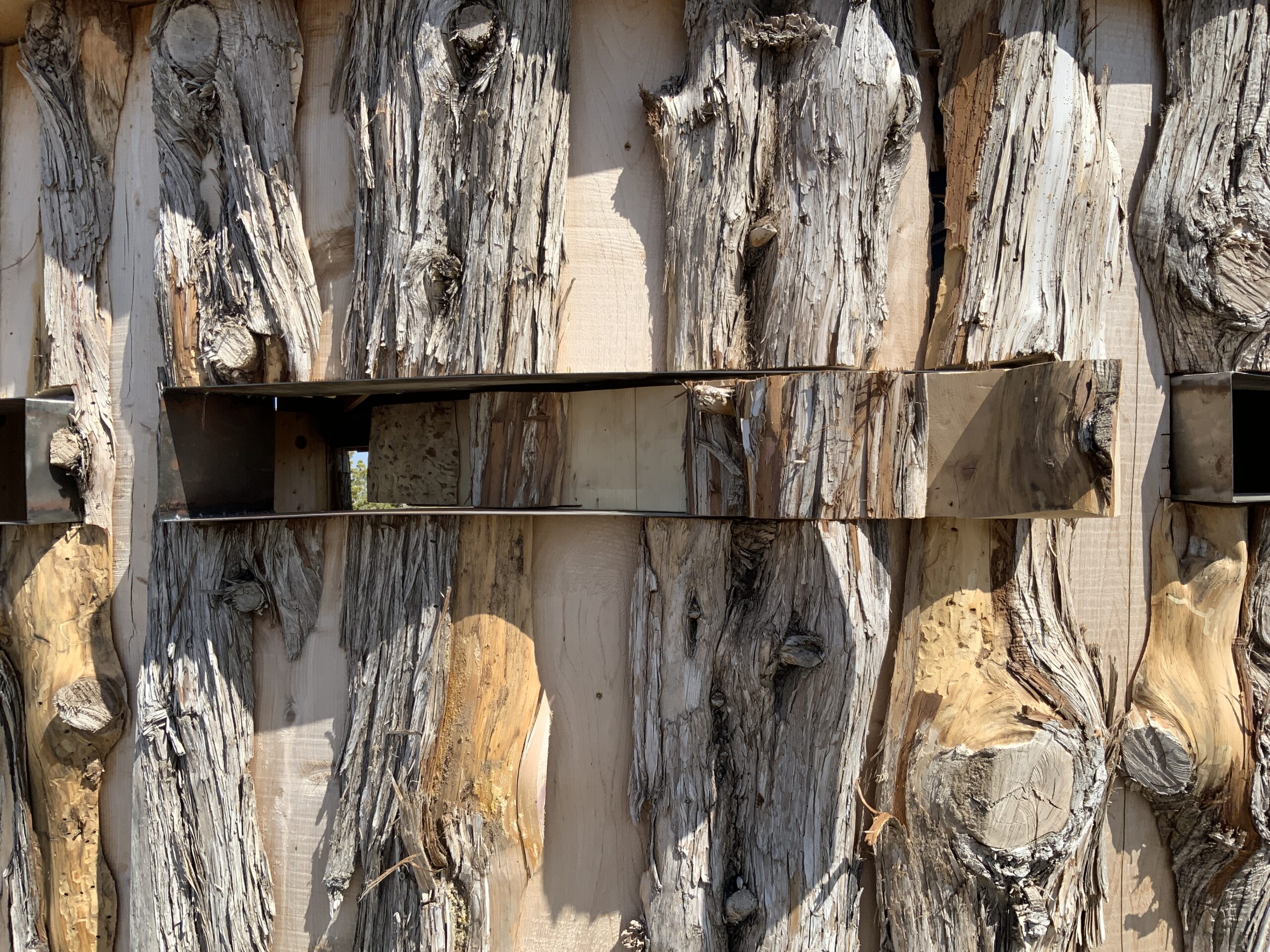
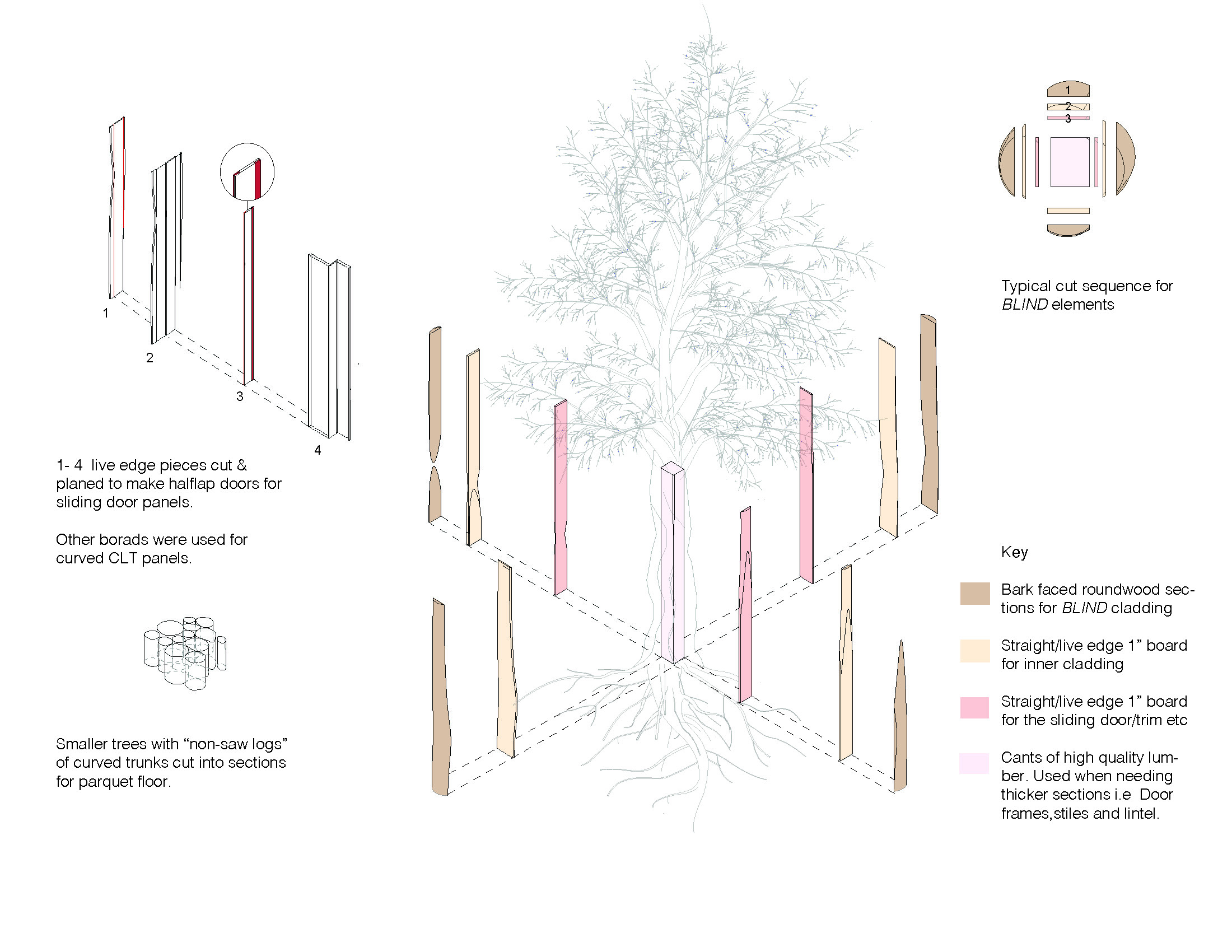
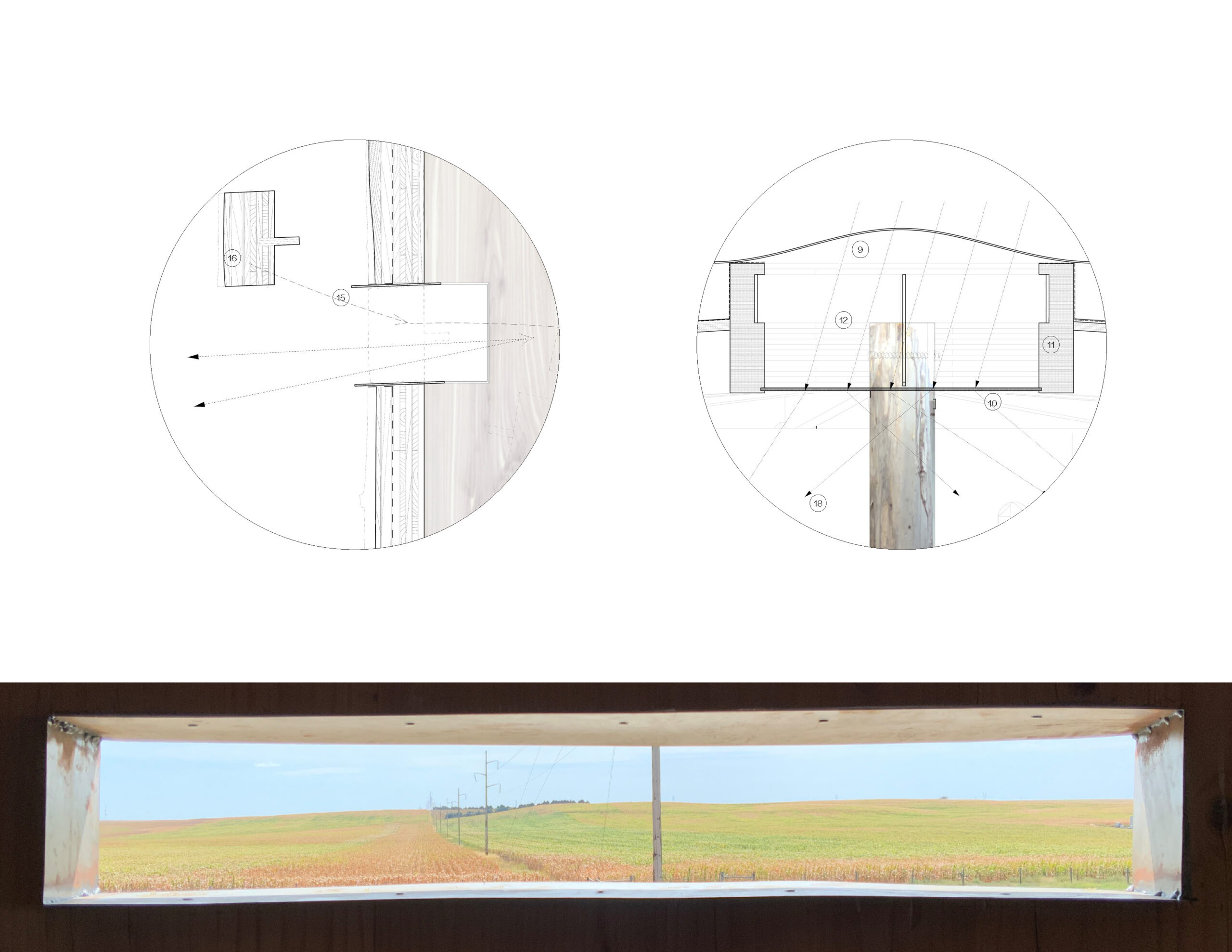
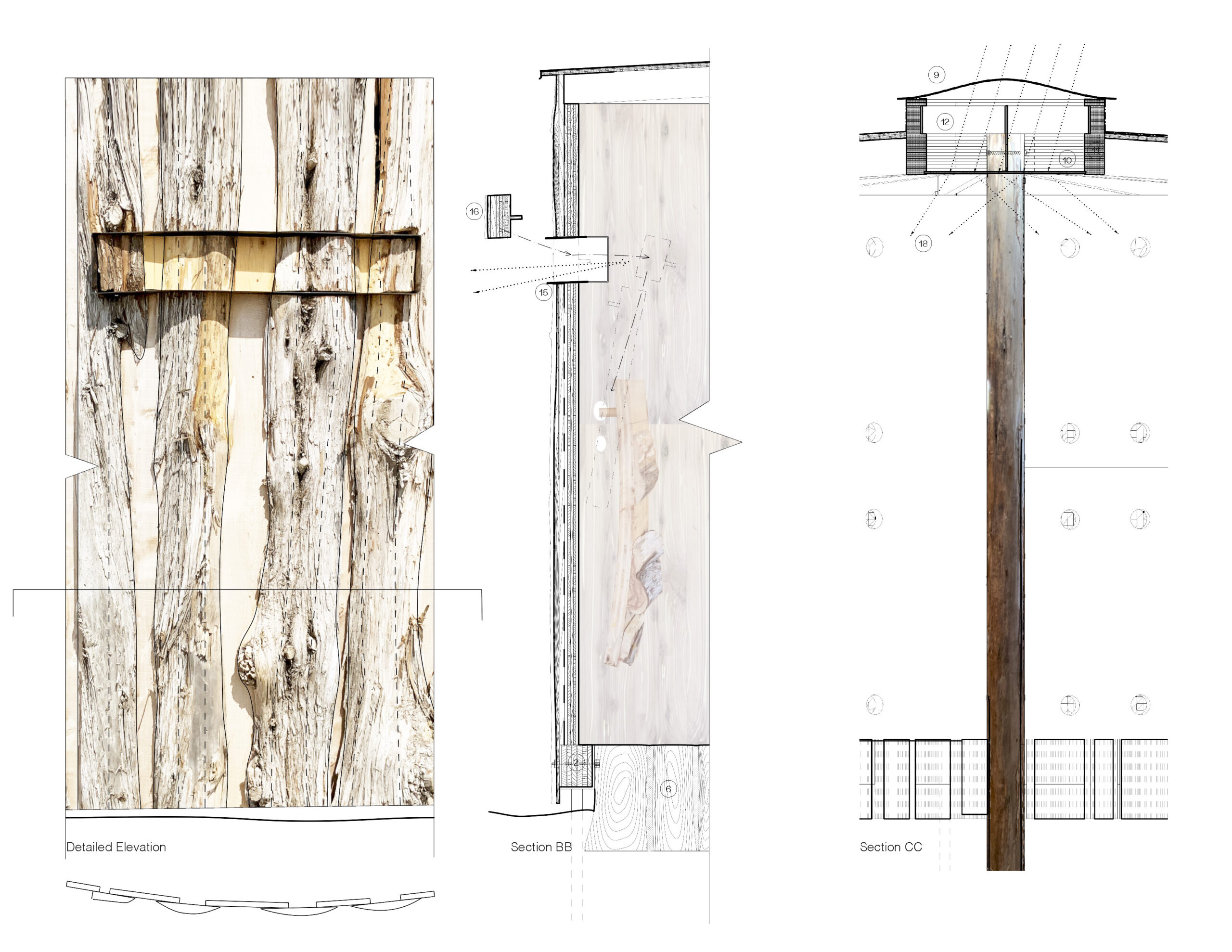
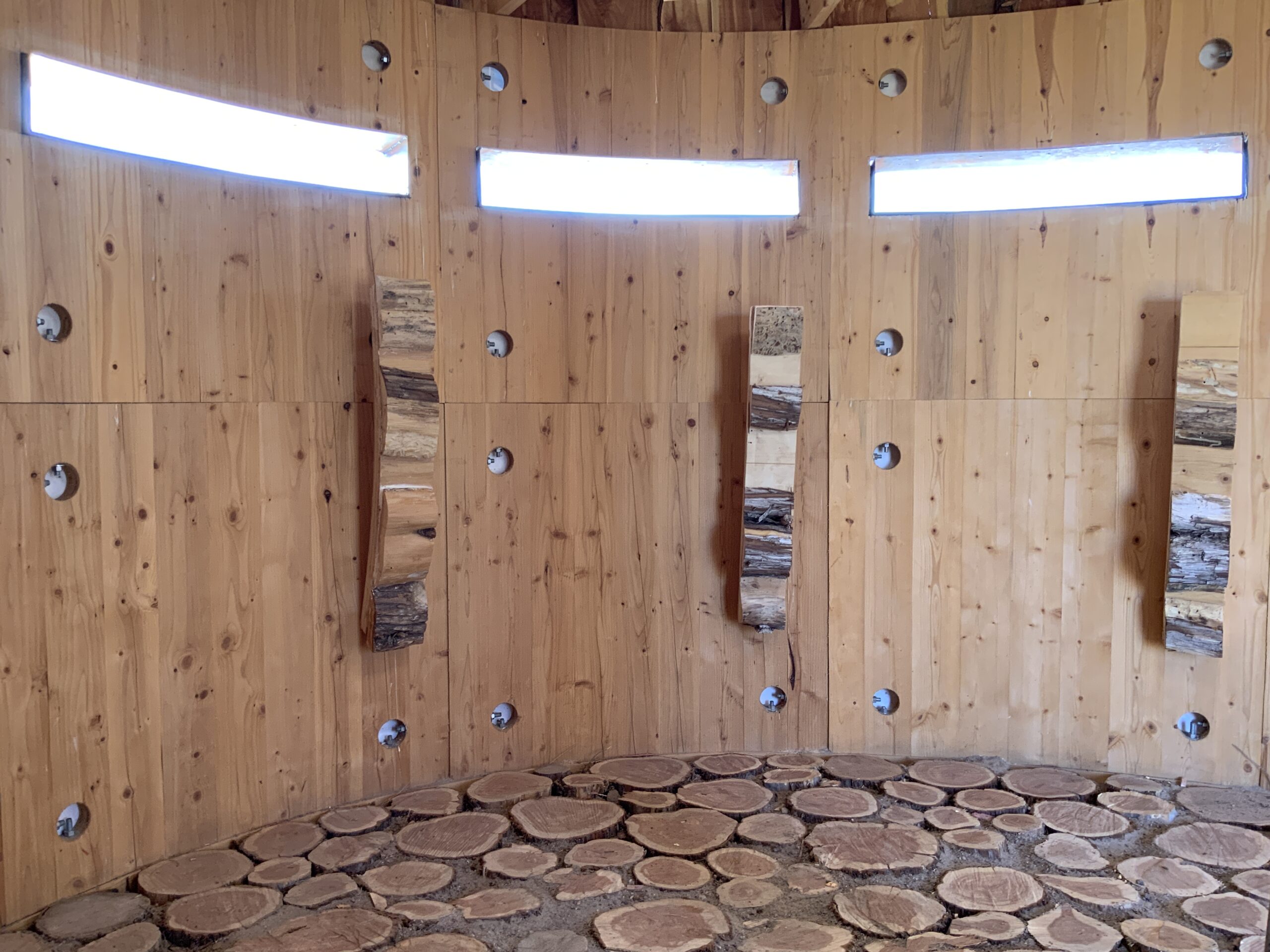
Curved CLT – “Speculative Design” Research
BLIND results from an ongoing design research studio that applies knowledge of local forestry production, low-carbon construction and biogenic material culture to architecture.
BLIND began as a design research studio during which students spent a semester studying and producing curved, vacuum-bonded CLT. This research demonstrates a “research through design” approach and explores each step of the CLT-making process, including timber sourcing, milling, layup, glueing, vacuum bending, and finishing.
This phase culminated in two exhibitions XX-LAM at Omaha by Design and Curve Continuity at the Elder Gallery
